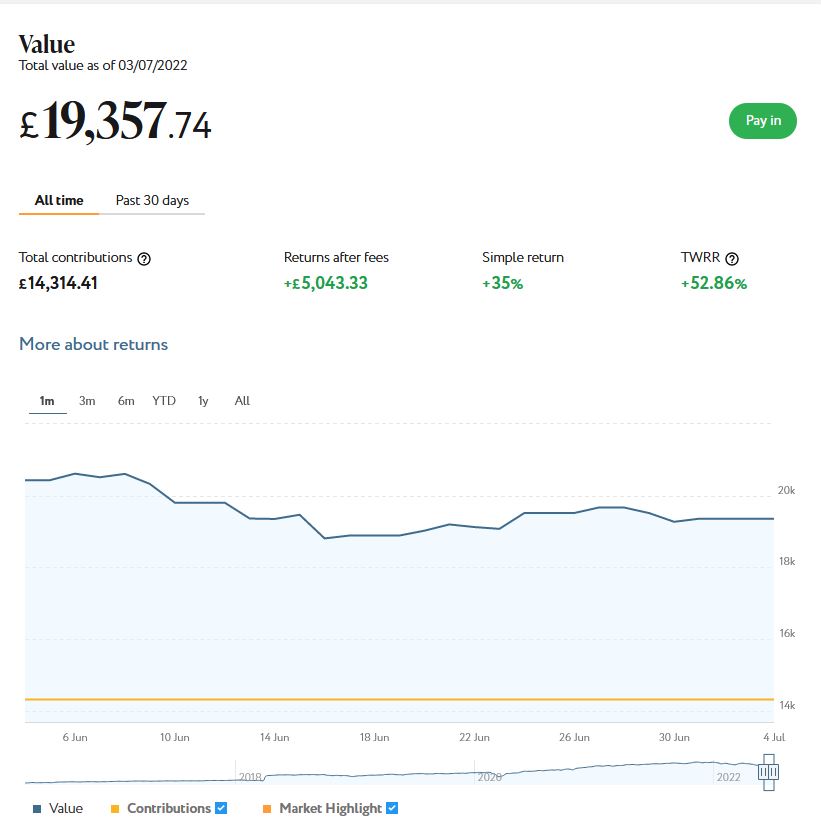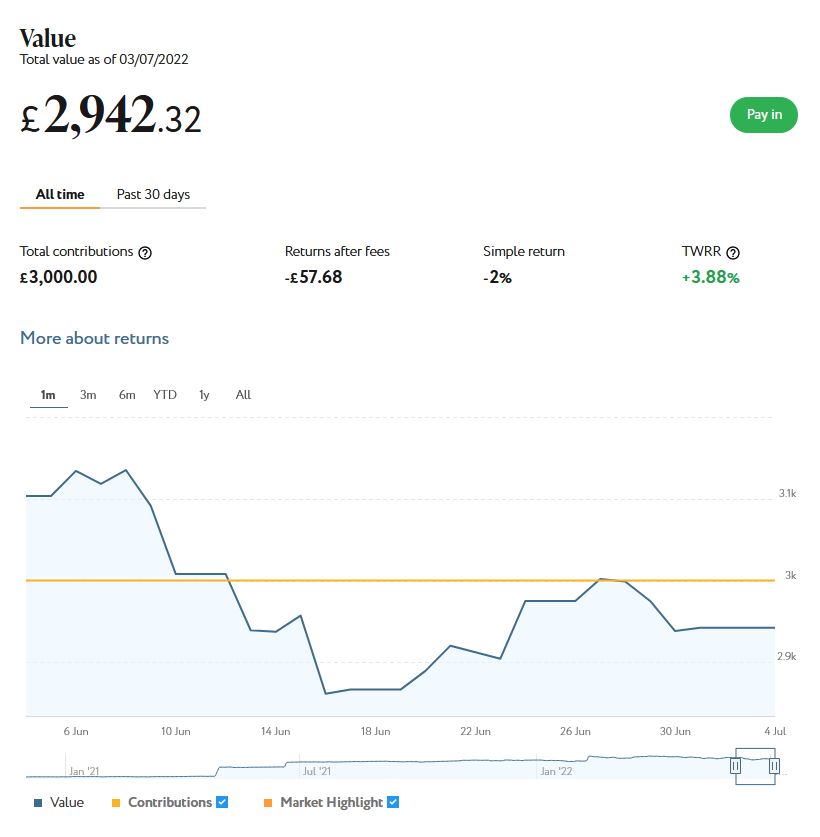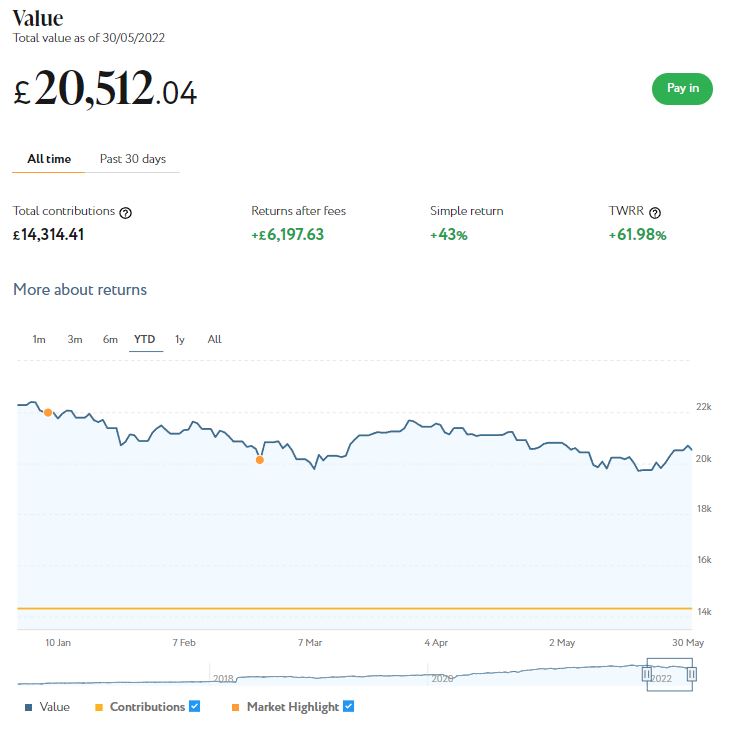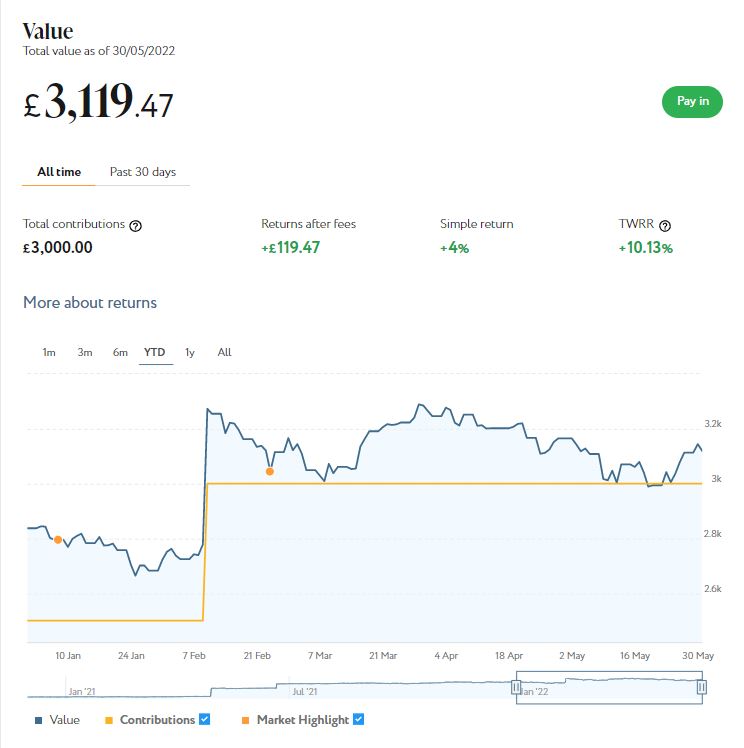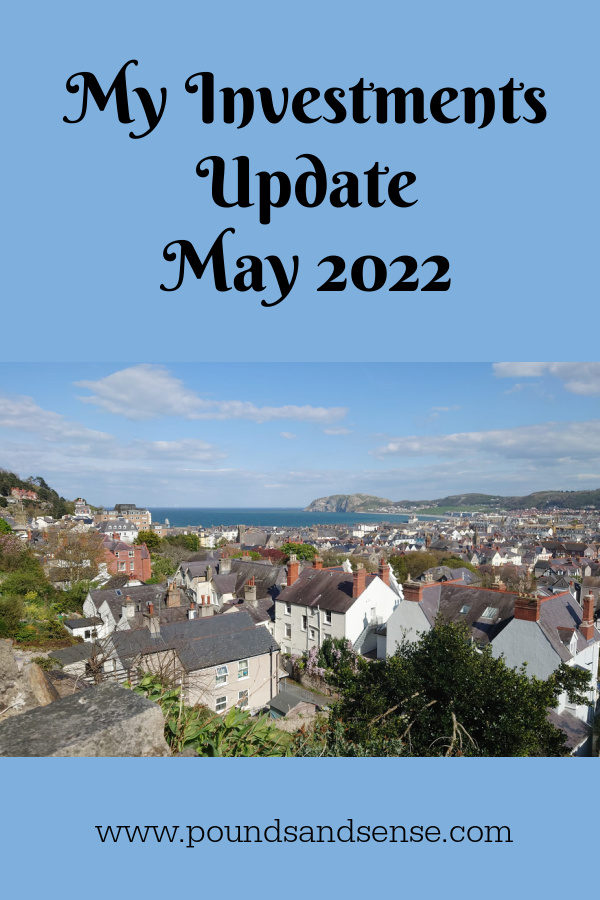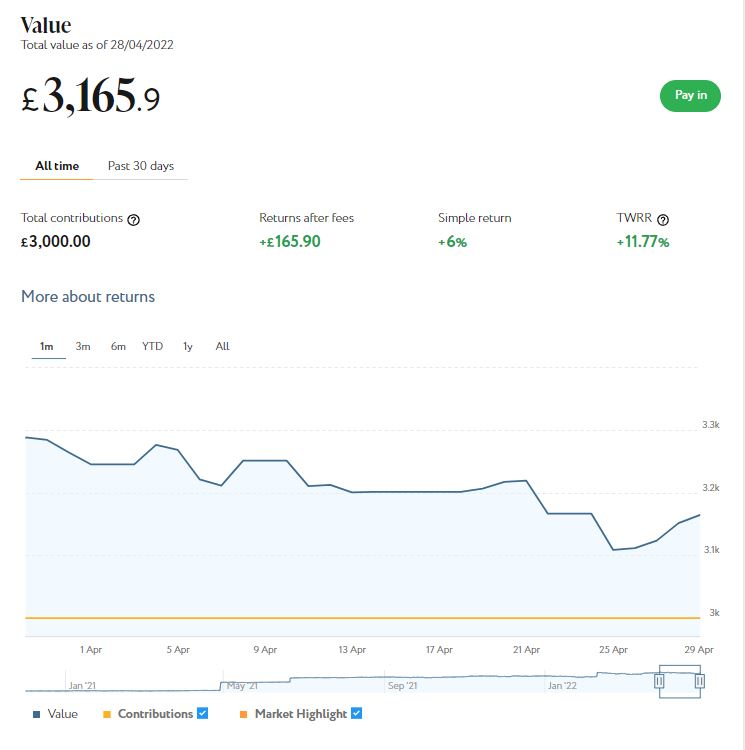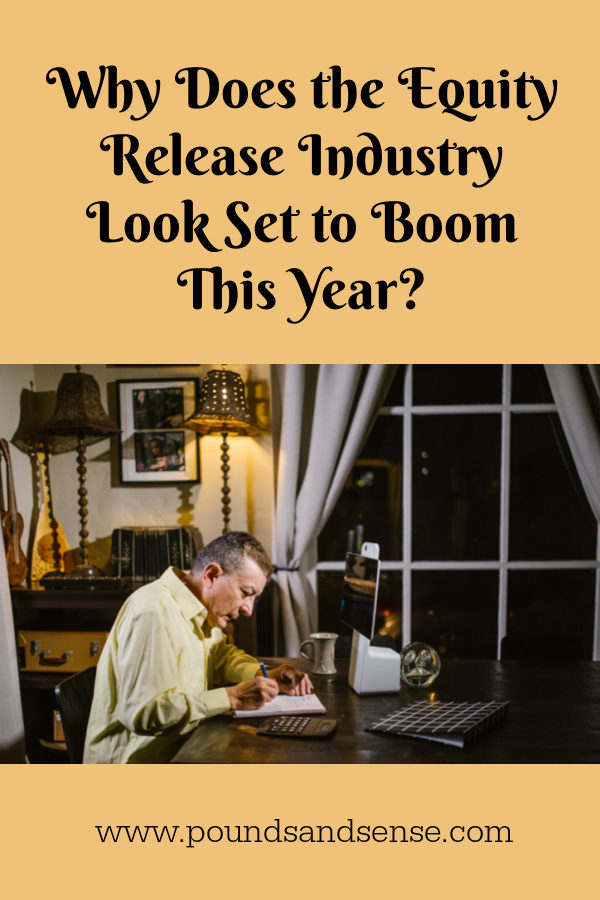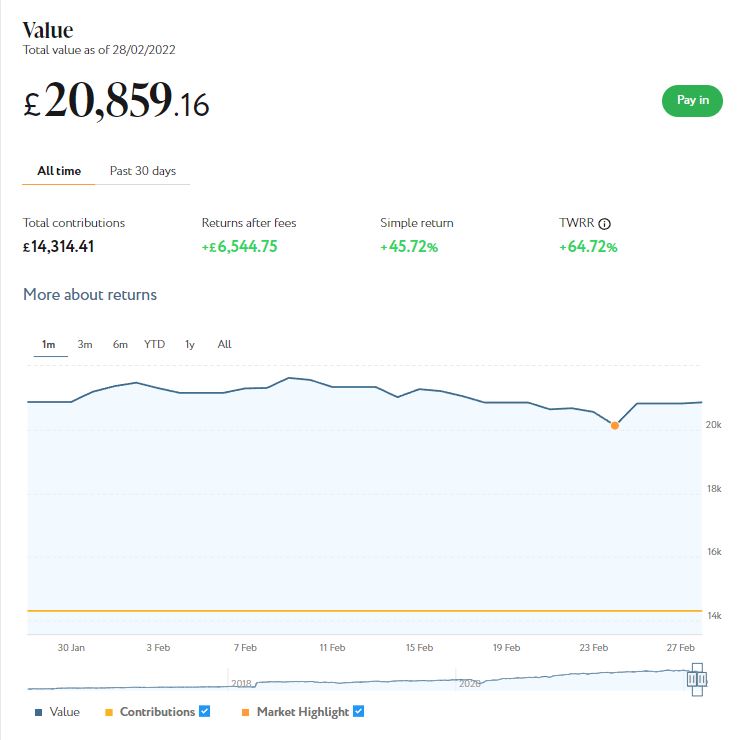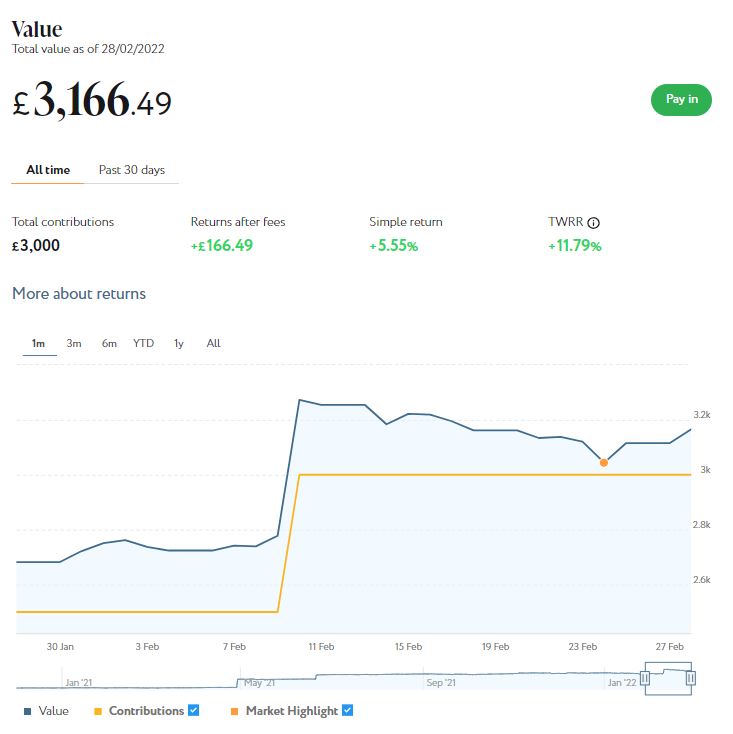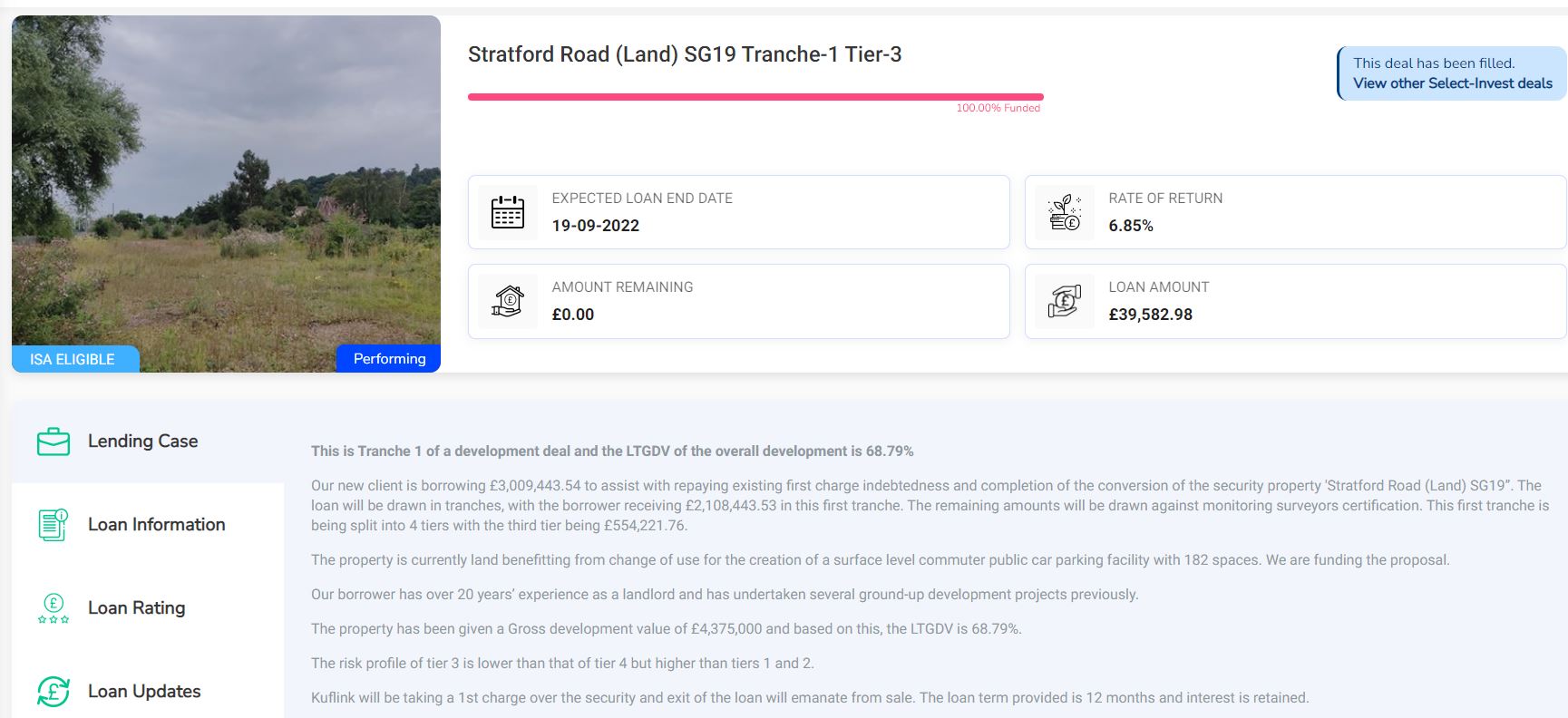Is It Worth Waiting For Black Friday to Buy Big Ticket Items?
Amazon Prime Day is over now and the next big shopping event is Black Friday, which this year takes place on Friday 22nd November. But in this time of rising inflation, is it sensible to wait until then for any big-ticket items you need?
My colleagues at Offeroftheday have been crunching the numbers, and their figures indicate that in these inflationary times, waiting for Black Friday might not be the smartest thing to do.
How Are Prices Changing?
Figure 1 (below) shows how prices from eight popular retailers on the Offeroftheday website, including clothing, home & garden and electronic retailers, have changed over the last 12 months. It reveals that during this time average prices rose by over 15%. As the chart shows, this is a significantly higher rate than the UK’s CPI inflation rate.

While the chart does show a dip in prices around the Black Friday period in late November 2021, the data suggests that when prices are rising rapidly (as now) it may still be better to buy as early as possible rather than wait months for possible Black Friday discounts.
Why Are Prices Rising So Fast?
There are various reasons for the rapid rise this year in consumer prices. One is the record increase in energy bills. This has had a knock-on effect on retailers, who are now paying substantially higher running costs for their shops and factories.
A further factor is the big increase in fuel prices, adding to distribution costs. Inevitably, some of these increased costs get passed on to the consumer. The average pump price in June 2021 was 130.73p. Compare this to June 2022 where the average price was 190.93p, a jump of 46% in just twelve months.
Other factors causing prices to rise include logistical issues (e.g. HGV driver shortages), wage rises, shortages of goods and raw materials caused by trade barriers and the war in Ukraine, the effects of extreme weather (possibly caused by climate change), the ending of support schemes for businesses introduced during the pandemic, and so on.
So Is Black Friday Worth Waiting For?
In November 2021, Offeroftheday found the mean average discount of all products on the website was 5.6% compared with the previous month. Given the current trend in pricing shown in Figure 1, by Black Friday November 2022 this discount would need to be significantly higher than that to offset the new base prices.
So does this mean you should do your shopping now? Well, yes and no. Black Friday has a focus on high-ticket items. It is one of the few days when the Apple Store has discounts, and many retailers cut their prices by 50% and more on some electronics and white goods. Even allowing for rising inflation over the next few months, those are significant savings.
While in previous years prices on Black Friday fell far below any other time of the year, Figure 1 shows that Black Friday 2021 only briefly managed to offset price rises, effectively turning the clock back a few months at best. Not surprisingly, many sources reported a decrease in total spend on Black Friday 2021 compared to the previous two years. While some of this can be attributed to lockdown measures and furlough, the data shows that Black Friday discounts simply were not as impressive compared to previous years, especially compared to the prices being charged just a few months earlier.
Black Friday 2022 and Beyond
As mentioned above, Black Friday 2022 falls on Friday 25th November. However, If cost increases continue on their current trajectory, prices could rise as much as 7% between now and November. This means that a product averaging £500 today could cost upwards of £535 in five months time.
Some products will undoubtedly see big discounts on Black Friday 2022. But with inflation currently approaching 10%, we can expect average prices from retailers to continue rising overall. If you’re on the fence about a big purchase, it may therefore be worth buying now rather than hoping for big discounts later in the year. Once we pass August/September, it might be worth holding out for a month or two to reap the benefits of Black Friday discounts. But there is, of course, no guarantee that the particular product you want will be discounted for Black Friday, or whether any discount will be enough to offset price rises caused by inflation.
Black Friday is still the largest shopping day of the year for retailers, so expect to see some big discounts and eye-catching offers. But if it is anything like last year, average discounts may not be as impressive as in years gone by, and for many items you may actually get better prices if you buy now.
- Although in this post I have focused on big ticket items, it should be said that Black Friday can also be good for buying cheaper items at a discount. I am thinking here of consumables such as ink cartridges, stationery, clothing, cosmetics, food and drink, and so on. Black Friday can present opportunities for stocking up on such items at bargain prices.
Thank you to my friends at Offeroftheday for sharing their data with me. Please do check out their website for great offers from a wide range of leading online retailers.
As always, if you have any comments or questions about this post, please do leave them below.



